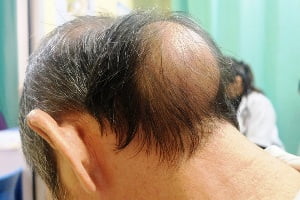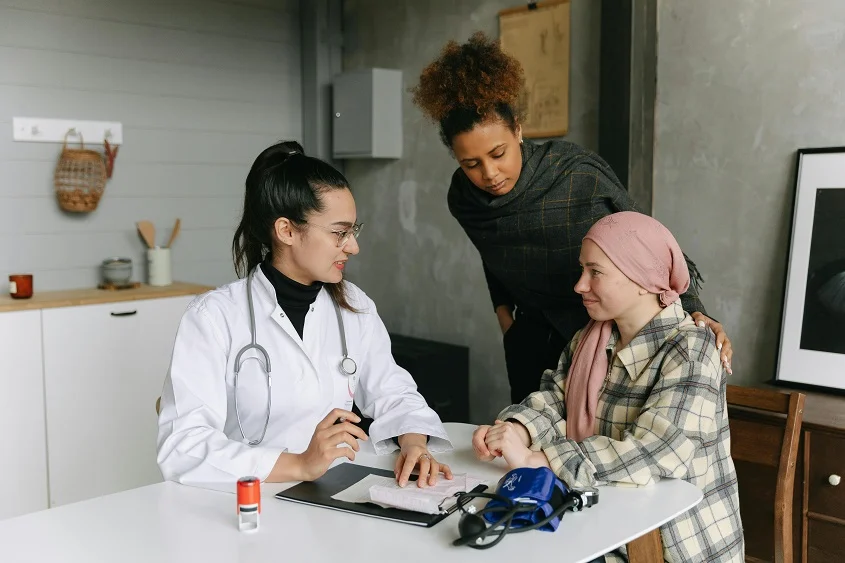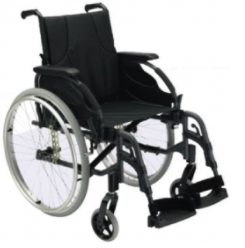Healthcare has traditionally centered around hospitals, clinics, and medical offices. These spaces are designed for diagnosing and treating disease, but often, they don’t address the deeper issues that impact a person’s overall health. More professionals now recognize that health outcomes are shaped by factors beyond clinical care.
Community-based approaches are becoming a key part of this shift. These strategies involve bringing care and support directly to neighborhoods and individuals in ways that meet their social, emotional, and practical needs. By working within the places people live and work, these programs aim to create better access, build trust, and improve long-term outcomes.
This model helps close the gap between medical systems and everyday life. Instead of waiting for people to seek care in a formal setting, community-based efforts offer proactive support. They prioritize education, prevention, and relationship-building, which are components that often go overlooked in traditional healthcare.
Why Community-Based Strategies Matter in Modern Healthcare
Many health issues are rooted in circumstances that clinical care alone can’t fix. Poverty, poor housing, limited transportation, and lack of education all contribute to poor health outcomes. Community-based strategies aim to address these root causes in a practical, local way.
Mobile health units, neighborhood health workers, and school-based clinics are all examples of efforts that meet people where they are. These programs make it easier for individuals to access care, learn about their health, and take early steps to manage conditions. They help reduce ER visits, increase vaccination rates, and promote healthier behaviors—all without relying entirely on the formal healthcare system.
To lead and expand these types of programs, organizations need professionals who understand both health and social systems. A Master of Social Work (MSW) provides strong training in advocacy, case management, and community support. For those looking to broaden their impact, a dual MSW program combines this training with another area like public health, law, or disaster response. This kind of interdisciplinary education prepares people to build and manage programs that respond to the full range of factors affecting health outcomes.
The flexibility of online options makes it easier for professionals already working in the field to grow their skillset. With deeper training, they’re better prepared to create programs that move beyond the clinical model and build real trust at the community level.
Addressing Social Determinants of Health Locally
Health isn’t just about medical care. It’s also shaped by the environment people live in. Things like stable housing, safe neighborhoods, job opportunities, and access to healthy food all play a part in long-term wellness. These are known as social determinants of health.
Community-based programs work to address these issues head-on. For example, a health clinic might partner with local housing groups to help patients avoid eviction. Some health systems now screen patients for food insecurity and connect them to local food banks. These services go beyond typical medical care but have a real impact on a person’s ability to stay well.
Helping someone manage a chronic illness without solving their housing or transportation challenges won’t lead to lasting results. That’s why many providers now work with social workers, community organizers, and peer advocates. They understand how to connect people with resources and remove barriers that stand in the way of good health.
When local programs respond to specific community needs, the results are better. People are more likely to follow treatment plans, return for follow-up care, and stay out of the hospital. These gains benefit both individuals and the broader health system.
Building Trust Through Local Relationships
Trust matters in healthcare. Without it, people delay care, skip appointments, or avoid treatment altogether. In many communities, historical mistreatment or ongoing inequities have made trust harder to build. That’s where local, community-based work becomes essential.
When healthcare providers and outreach workers spend time in the communities they serve, it changes the dynamic. People see familiar faces. Conversations happen in comfortable spaces. Over time, these small interactions build trust that clinical visits alone can’t create.
Culturally responsive care plays a big role here. Programs that reflect the language, values, and traditions of the people they serve tend to be more effective. That might mean hiring from within the community or adjusting communication styles to make people feel heard.
Local relationships lead to better engagement. When people feel respected and understood, they’re more likely to ask questions, seek support, and follow care plans. This helps create a cycle of ongoing health improvement instead of short-term fixes.
Supporting Preventive Care and Education
Preventive care is one of the strongest tools for long-term health, but it’s often underused. Community-based programs help change that by making preventive services more accessible and less intimidating.
Neighborhood health fairs, mobile screening vans, and school-based education programs bring care to people instead of waiting for them to come to a clinic. These efforts catch problems early, before they become emergencies. A quick blood pressure check at a food pantry might lead someone to see a doctor for the first time in years.
Education is also key. Workshops on nutrition, stress, or managing chronic conditions give people practical tools to care for themselves. When delivered in familiar settings, this information often feels more approachable and relevant.
These efforts don’t require big budgets or advanced technology. What they need most is consistency and community trust. That’s what turns one-time outreach into lasting change.
Community-based approaches help people stay healthier by focusing on what matters most in daily life. They meet people where they are, both physically and emotionally, and help remove the barriers that make care difficult. By addressing real-world needs, these programs bring healthcare closer to home. The result is a stronger connection between people and the support systems that help them thrive.
As healthcare continues to evolve, more professionals and organizations are seeing the value in building health programs around people, not systems. This shift requires collaboration across sectors, deeper training, and a willingness to listen to what communities really need. When these elements come together, the potential for lasting impact grows. It’s not just about treating illness, it’s about creating the conditions where health can take root and grow.







